Table of Contents
Fostering Creativity in Art Education
What should students know and be able to do in art? We encourage students to try to demonstrate creativity throughout the entire process of developing a piece of art. Our littlest learners through Grade 5 tap into their creativity as they learn and explore the basic elements of art and the principles of design. Students notice differences in color, form, line, shape, space, texture, balance, emphasis, movement, proportion, and variety. Each year students gain experience exploring a variety of media which include clay, painting, sculpture, drawing, and printmaking. As they explore, they are challenged to develop their artistic skills. They are encouraged to express themselves through their art, and their ideas are valued and welcomed!
Exploring Shapes and Colors in Early Childhood
EC-3 students worked on a collage activity to learn more about geometric shapes. This project was created by assembling different shapes. The students explored shapes as they create their artwork.
EC4 students explored mixing colors. They shared their predictions and findings about new colors that they found after mixing the paint.
See also: Secondary Scoop: MS Bahasa and SS Theatre Arts
Hands-On Ceramics Experience in Elementary School
Ceramics, also known as working with clay, is an important part of the ES art program. Working in ceramics requires students to build upon their skills from previous years. First, students are taught how to make a pinch pot or simple sculpture. Then they learn coiling and slab building. The pinch pot begins with a ball of clay held in the palm of the hand.
Kindergarten students made animals using the pinch pot method. Grade two students painted their houses made using the slab technique.
Gr 4 students worked on their whistles. A whistle was created by joining a double pinch pot.
Gr 3 Students made papier mache art projects using recycled newspaper to make jars and masks.
Grade 4 students created their animals sculptures using papier Mache. It’s truly a messy project, but students really enjoyed it. Working in papier mache is inexpensive and allows students to recycle newspapers. They have been working on designing and then building their characters using recycled paper. They used crumpled old newspapers to shape their creatures. Then they started the papier Mache. The students demonstrated a lot of enthusiasm for this activity by doing their best work.
They were also cooperative when they were sharing materials and helping each other with the building of their characters.
Artist Study and Cubist Art in Fifth Grade
As part of their “Where We Are in Place and Time” UOI, the fifth graders completed an artist study about Vincent Van Gogh and Pablo Picasso, artists among the most famous and influential in history. \Throughout their unit, students analyzed a number paintings, paying close attention to style and characteristics common in these artists’ works.
The Fifth Graders discussed several paintings done in the cubist style – a style made famous by Pablo Picasso in which the artist breaks down the picture into sections and shows all angles of the subject in his or her work.
Students were instructed to make a cubist drawing and painting that showed a profile and frontal view of their subject – a face. They looked at several of Picasso’s works and then created their own cubist picture.
Encouraging Artistic Development in Children
How can you encourage your child to continue to develop their artistic skills?
- Support and encourage creativity to develop self confidence
- Experiment and explore with different art forms (construction, painting, sculpture, etc)
- Visit art galleries or exhibitions
- Discuss various art works to develop an appreciation for various art forms.




















